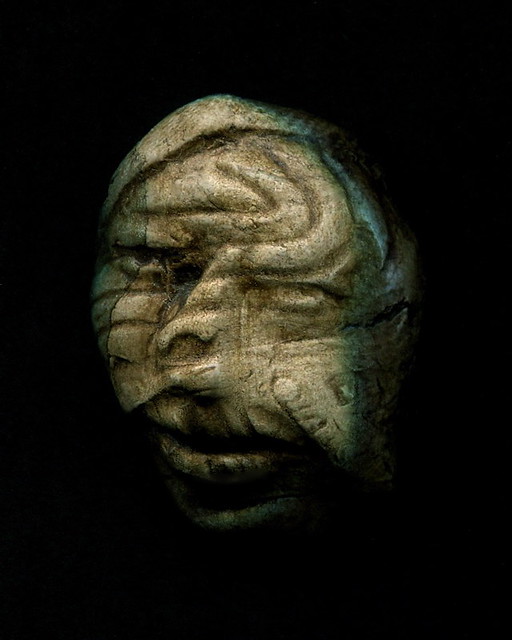By Guest Author Lizzy Wellner
 Through experience, I have come to realize that romantic relationships are bitter sweet; as good as they are, they often involve hurt.
Through experience, I have come to realize that romantic relationships are bitter sweet; as good as they are, they often involve hurt.
In a recent study, 135 dating couples recorded any hurtful messages that happened in their romantic relationships once a week for six weeks to better understand if relationship characteristics establish how the partners may interpret hurtful messages. Interference refers to partner interference which affects the independence of each partner in a relationship. In other words, partner interference does not influence their partner to partake in activities on their own.
The turbulence model classifies methods intrinsic to the development of relationships which make people rasher to the circumstances of the relationship. This model predicts “that heightened relational uncertainty and interference from partners increase people’s emotional, cognitive, and communicative reactivity to relational episodes”. Relational uncertainty is the amount of confidence you have in your awareness of involvement in interpersonal associations, such as a romantic relationship.
The researchers of this study determined that the hurtful messages said over weighs the characteristics of any relationship and predicts how the couple will communicate about what was said. Also, they concluded that more severe and intense hurt is felt in relationships that are distinguished by relational uncertainty.
The communication between a couple about any hurtful messages said is important no matter the characteristics in your relationship. When feeling hurt in a relationship it is better to communicate to your partner how you feel so your relationship can grow stronger, and this study adds another piece of evidence in the importance of communication in these situations.
Theiss, J., Knobloch, L., Checton, M., & Magsamen-Conrad, K. (2009). Relationship Characteristics Associated with the Experience of Hurt in Romantic Relationships: A Test of the Relational Turbulence Model. Human Communication Research,35(4), 588-615.